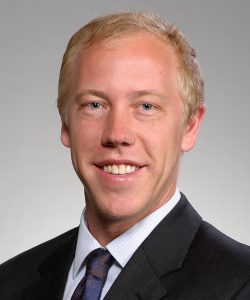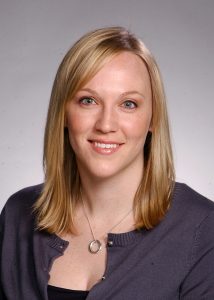Challenging orthodontic treatment assumptions through research

Recent graduate students receive awards
Orthodontists have long held the assumption that once a person stops growing, it is no longer possible to expand the roof of the mouth. Palatal expansion is sometimes done as part of orthodontic therapy to align the teeth and correct the bite.

Research by Dr. Ross Pulver, recent orthodontic graduate student at Texas A&M University Baylor College of Dentistry, demonstrated that it is possible — using light, continuous forces produced via miniscrew implants — to expand mature sutures in adults. A submitted manuscript resulted in his selection for the Thomas M. Graber Award of Special Merit from the American Association of Orthodontists, presented May 16 during the AAO annual meeting in San Francisco.
“Like all other tissues, sutures undergo changes with age. These changes influence current treatment modalities in orthodontics,” explains Pulver, a 2014 orthodontic graduate who now practices in Houston. He received $2,500 and up to $1,000 in travel expenses to present his research at the meeting.

A second recent graduate student, Dr. Lauren Carney ’12, now a faculty member in orthodontics, was honored May 17 during the AAO meeting with the 2015 Wayne G. Watson Award for Biologic or Experimental Research from the American Journal of Orthodontics and Dentofacial Orthopedics.
She received the award for her article titled “Effects of pilot holes on longitudinal miniscrew stability and bony adaptation,” based on research conducted while a graduate student at TAMBCD. The award recognizes the highest-rated biologic or experimental research article published in the journal during the previous year. Her results showed detrimental effects when making pilot holes prior to inserting miniscrew implants. Pilot holes compromise the healing process. This, too, counters current treatment practices for dense bone.
“Miniscrew implants are perhaps the biggest thing that has happened in orthodontics over the past 20 years,” says Dr. Peter Buschang, Regents Professor and director of orthodontic research, explaining that these implants provide fixed skeletal anchorage useful in intentional tooth movement through orthodontic treatment.
“Both of these residents spent many long hours preparing their proposals, performing the surgeries and measurements and, afterward, evaluating the results,” Buschang says. He adds that both studies involved faculty members from the departments of Orthodontics and Biomedical Sciences and utilized funding from the Robert E. Gaylord Endowed Chair.